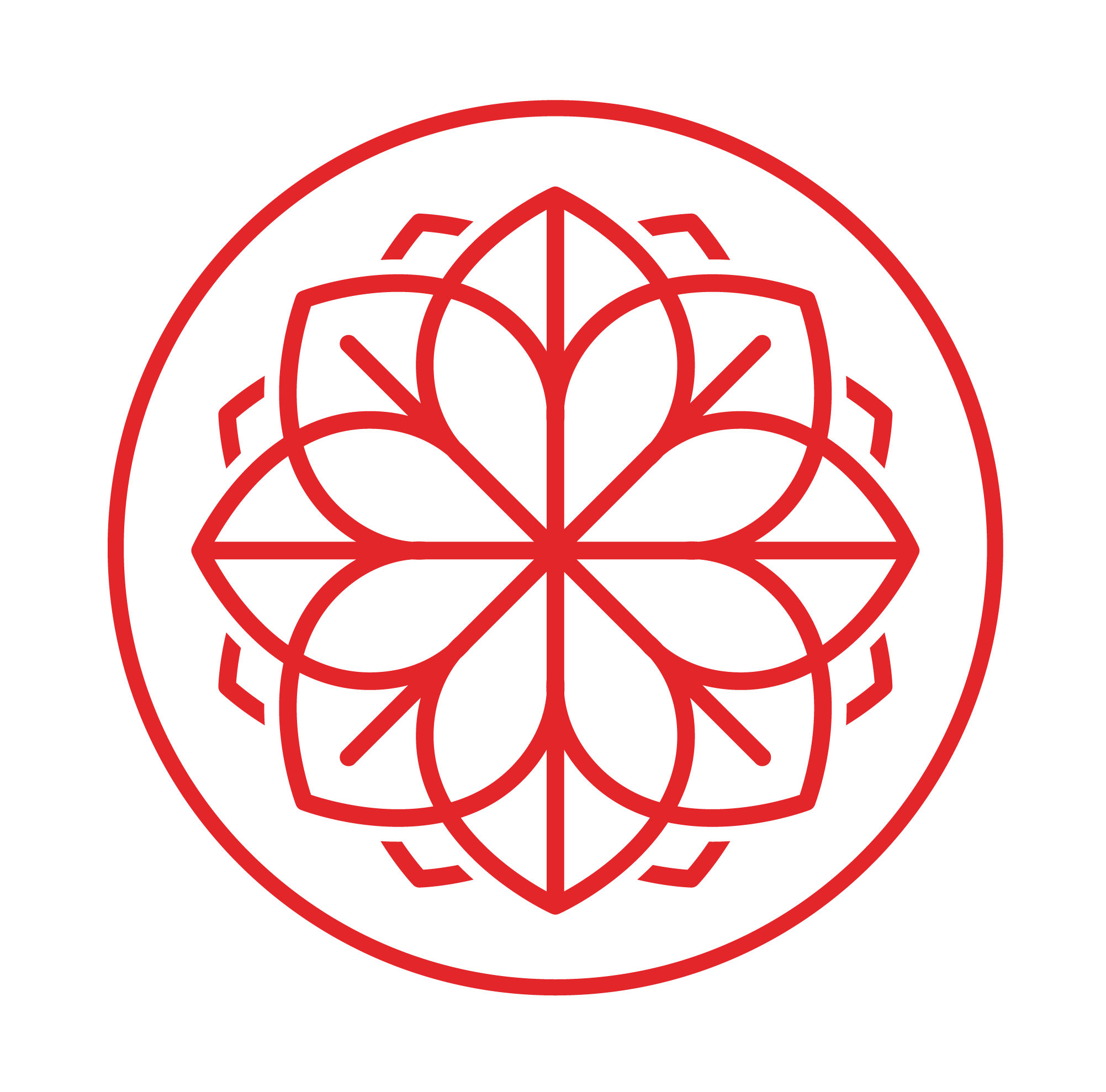Pronounced, “hoo-gah”, Hygge is a Danish and Norwegian word (used as a noun or adjective) to describe a state of coziness and warmth, like creating a certain atmosphere that illuminates the soul. Hygge is about surrounding yourself with feel good things: people, food, drink, activities, decor. Simply put, Hygge is self-care and a state of mindfulness.
Have you ever wondered why Nordic countries are always top of list for happiness? Hygge is their way of life. In the US, we often feel pressure to pursue the future, rather than savoring this moment — What can I buy next to feel more fulfilled? Where can I travel next to be happier? When will I get the next promotion? How can I be more successful?
What if we took a break from the demands of life to enjoy the process of it all, allowing ourselves to indulge and listening to what our bodies really wanted? Hygge is less about minimalism and more about feeling present and comfortable; it provides a friendlier and more forgiving lifestyle.
Some ways to turn up your Hygge lifestyle include having a movie or board game night, connecting with kith and kin, cooking a soup or baking a cake, brewing a fresh cup of coffee or tea, cuddling with a fuzzy blanket, putting on your favorite loungers, reading a good book, lighting a candle, taking time to be outdoors every day, or even by adding low-light lamps to create a peaceful environment. Hygge is whatever is wholesome and nourishing to your soul.
Although a Hygge lifestyle can be implemented all year round, it can also help with “SAD” — seasonal affective disorder, because Winter is the most Hygge time of year. Think about it — candles, cozy socks, hot cocoa, and lounging fireside! Implementing Hygge year round means finding joy in even the most mundane tasks (hence: mindfulness) and doing things that are simply just good for your soul even in the coldest of weather.
Contentment, comfort, and connection are the perfect ingredients for a Hygge lifestyle.

